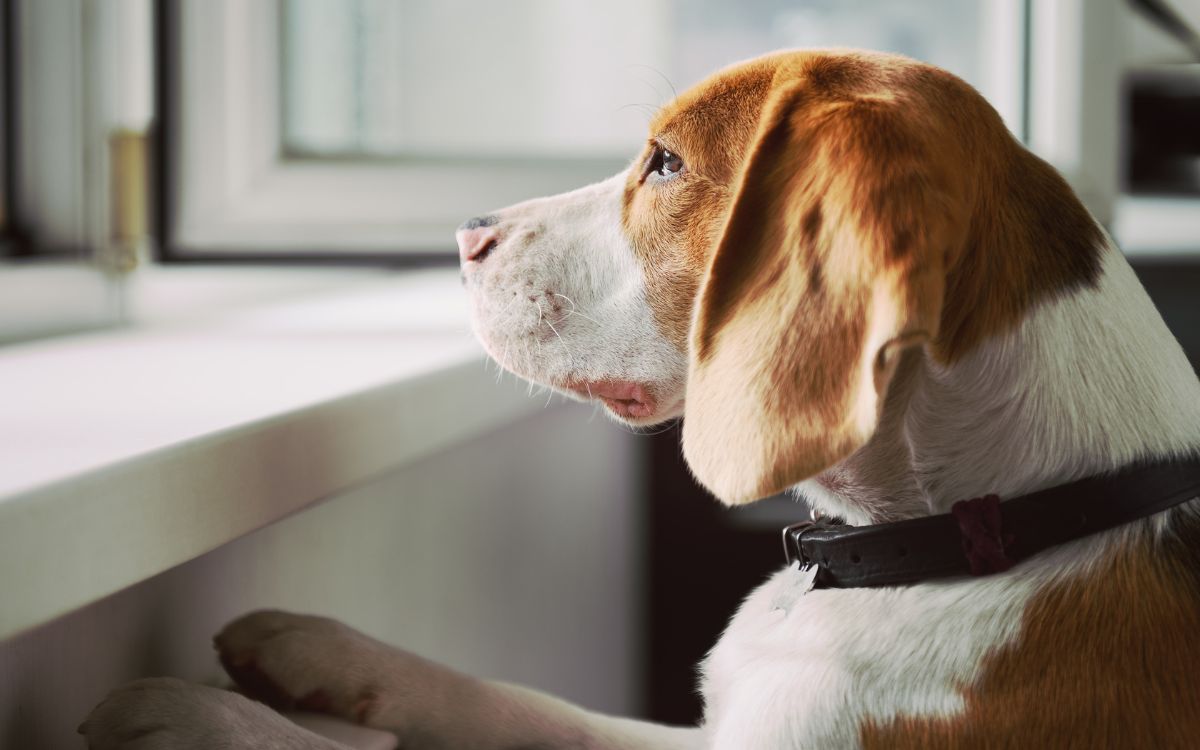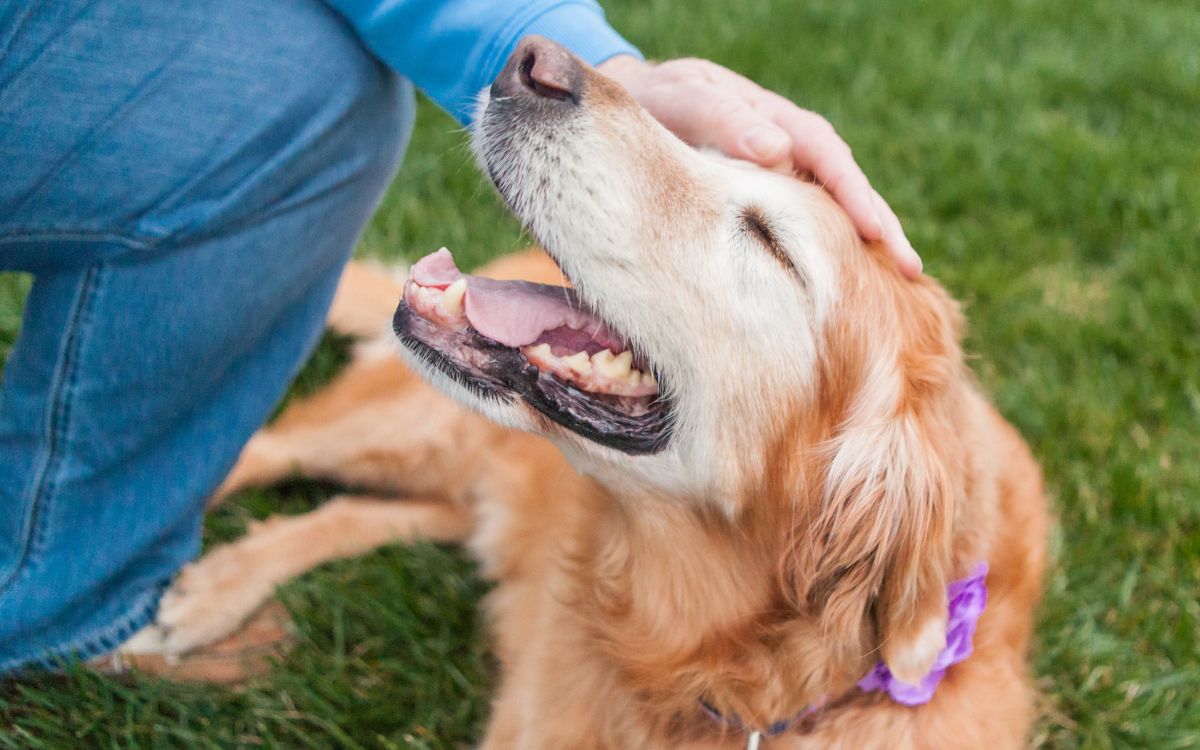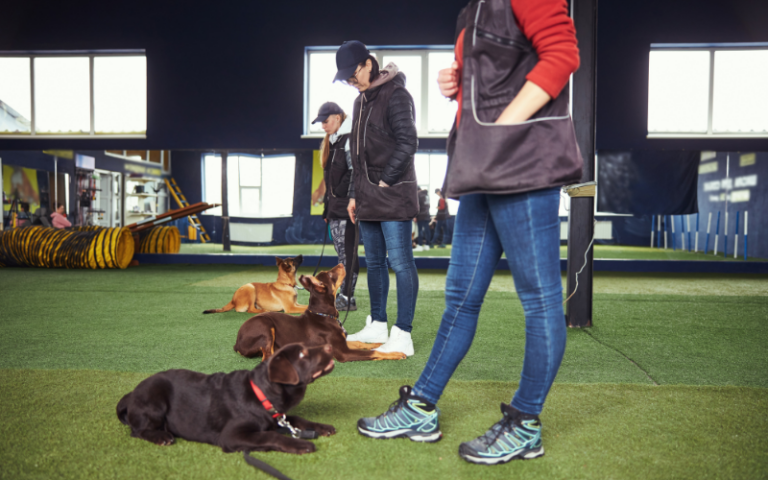How to Manage Separation Anxiety in Dogs
Separation anxiety is a term many dog owners have come across, but few fully understand its implications. While it’s common to think of our pets missing us while we’re away, the emotional toll it can take on our canine companions can be far more profound than mere longing. Let’s dive deep into the world of separation anxiety in dogs, its signs, causes, and strategies to manage and alleviate it.
What is Separation Anxiety in Dogs?
Separation anxiety in dogs describes a condition where a dog experiences significant distress when separated from their owner or primary caretaker. It’s not merely a sign of an over-attached or spoilt pet; it’s a genuine anxiety disorder where a dog exhibits distress behaviors within a short time after their guardians leave them.
Common Symptoms
Dogs with separation anxiety manifest their stress in various ways:
- Destructive behaviors: This includes chewing on furniture, shoes, or even doors and windows. Often, dogs will focus on items that carry their owner’s scent.
- Excessive vocalization: Continuous barking, howling, or whining can be signs that your dog is not just calling out but is in distress.
- Potty accidents: Even house-trained dogs might urinate or defecate indoors when they’re experiencing separation anxiety.
- Attempts to escape: In their distress, some dogs might try to escape their confined area, leading to potential injuries or lost pets.
- Pacing or trembling: If your dog continuously paces in an obsessive pattern or trembles when you’re not around, it could be a sign.
What Causes Separation Anxiety?
Several factors can contribute to separation anxiety in dogs:
- Change in routine: Dogs are creatures of habit. A sudden change in the daily routine can unsettle them.
- Change in family or environment: Moving homes, the death of a family member, or even the addition of a new pet can contribute.
- Traumatic event: Events like a violent storm or a break-in can lead to anxiety disorders in dogs.
- Time alone: Dogs that aren’t used to being left alone for long periods might suddenly find it hard to cope.
Managing and Alleviating Symptoms
Addressing separation anxiety is vital for your dog’s well-being and your peace of mind. Here are strategies to consider:
- Desensitization: Gradually get your dog used to you leaving. Start with short departures, rewarding calm behavior, and gradually increase your time away.
- Safe Space: Creating a comforting environment can ease anxiety. This could be a specific room filled with their favorite toys or even a crate if your dog has been crate-trained.
- Interactive Toys: Distraction can be a potent tool. Toys that challenge your dog mentally can be a great way to divert their attention.
- Stay Calm: Your dog picks up on your emotions. When leaving or coming home, keep your demeanor calm and low-key.
- Professional Help: Sometimes, despite our best efforts, professional help might be necessary. This could be in the form of a dog trainer specializing in separation anxiety or even considering medication after consulting with a vet.
Conclusion
Separation anxiety in dogs can be a challenging ordeal for both pets and their owners. However, understanding the root causes and implementing thoughtful strategies can help manage and even overcome this disorder. Remember, patience and consistency are crucial. Every dog is unique, and what works for one might not work for another. Keep trying different strategies, seek professional advice if needed, and always approach the situation with empathy and love.










